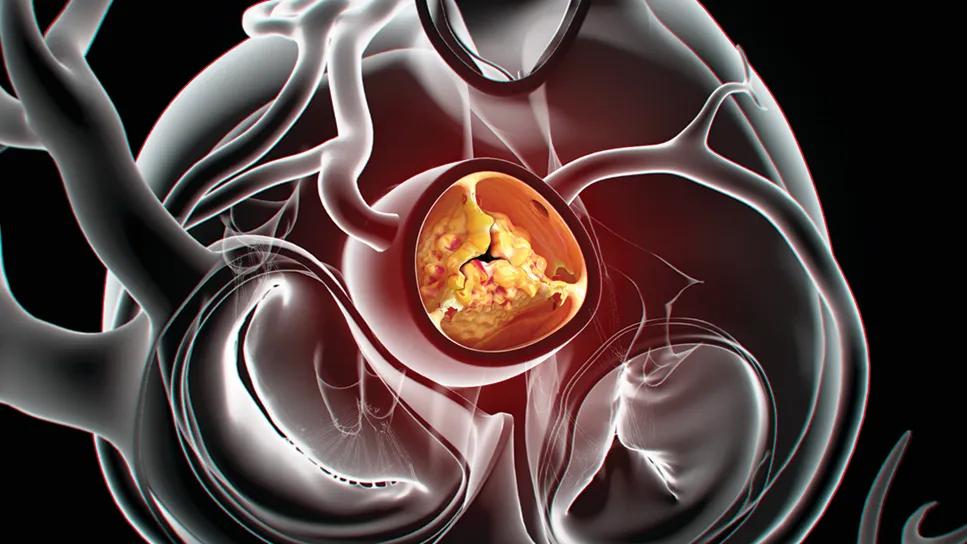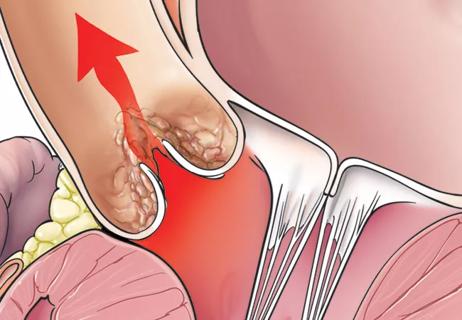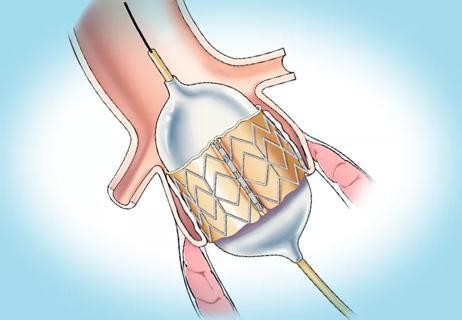Join us in New York City Dec. 5-6

As management of aortic valve disease evolves, considerations around when and how to best intervene are shifting.
Advertisement
Cleveland Clinic is a non-profit academic medical center. Advertising on our site helps support our mission. We do not endorse non-Cleveland Clinic products or services. Policy
Keeping cardiovascular clinicians abreast of these shifts is the aim of “Mastering the Management of Aortic Valve Disease 2025,” taking place Fri.-Sat., Dec. 5-6, at JW Marriott Essex House in New York. This day-and-a-half CME favorite from Cleveland Clinic, which combines the latest evidence-based guidance and experience-derived insights, has been held in the heart of Manhattan every other December since 2019.
A faculty of more than a dozen experts in cardiac surgery and cardiology will explore a range of timely issues in the management of aortic valve disease. Presentations will be focused and efficient, at 10 or 15 minutes each.
After launching with overviews of contemporary aortic valve disease management in 2025, the course’s opening session proceeds to the first of many case-based discussions of common and less-common clinical scenarios. Each features perspectives on potential management of the case from multidisciplinary perspectives — typically from a clinical or imaging cardiologist as well as an interventional cardiologist and a cardiac surgeon. Each case presentation concludes with how the patient was managed and fared, followed by a panel discussion and Q&A.
Two full sessions are devoted to various difficult case scenarios in aortic valve disease:
Advertisement
Case presentations also provide the structure for sessions on aortic regurgitation in the modern era, management of aortic valve disease with concomitant left ventricular outflow tract obstruction, and heart failure in the setting of aortic stenosis and aortic regurgitation.
These case-based framings will enable contextualized exploration of leading issues in aortic valve disease, from risk stratification to timing of intervention, and from the nuances of shared decision-making to navigating ethical dilemmas in very old and very complex patients. They also will offer windows into the growing use of interventions such as the Ozaki procedure and TAVR explantation, among others.
Additional sessions will review takeaways from important aortic valve studies of the past two years and key aortic valve care developments to expect in the next few years. The closing session — concluding shortly after noon on Saturday — will rapidly address leading post-intervention management issues, from prosthesis-patient mismatch to predictors of pacemaker dependency to management of paravalvular leaks and more.
“This course will present the most advanced treatments for aortic valve disease by a team that has advanced experience in managing all problems with innovative methods,” says course co-director Lars Svensson, MD, PhD, Chief of Cleveland Clinic’s Heart, Vascular and Thoracic Institute.
“The case-based discussions will bring multiple expert viewpoints to help participants provide optimal care for patients with aortic valve disease,” notes course co-director Milind Desai, MD, MBA.
Advertisement
“Various clinical scenarios will be explored, featuring thought leaders from cardiac surgery as well as clinical, interventional and imaging cardiology,” adds course co-director Samir Kapadia, MD, Chair of Cardiovascular Medicine at Cleveland Clinic and current president of the Heart Valve Society.
“I expect this will be our best aortic valve course to date,” says course co-director Brian Griffin, MD. “Attendees will come away with the very latest evidence for current approaches and get an exciting preview of new technologies and procedures projected to impact aortic valve care.”
For more information or to register, visit ccfcme.org/aorticvalve2025.
Advertisement
Advertisement

JACC State-of-the-Art Review details current knowledge and new developments

Indication, timing and options for surgical intervention

Age and other factors figure into the choice among SAVR, TAVR, Ross, Ozaki and more

Optimally timed valve replacement depends on an expert approach to nuanced presentations

Large longitudinal study supports earlier intervention over clinical surveillance

Study examines data and clinical implications for performing Ross procedures in infancy versus later in life

Choice between smaller or larger prosthesis is a tradeoff between leak and pacemaker risks

4-D imaging informs complex aortic valve repair in adult and pediatric patients